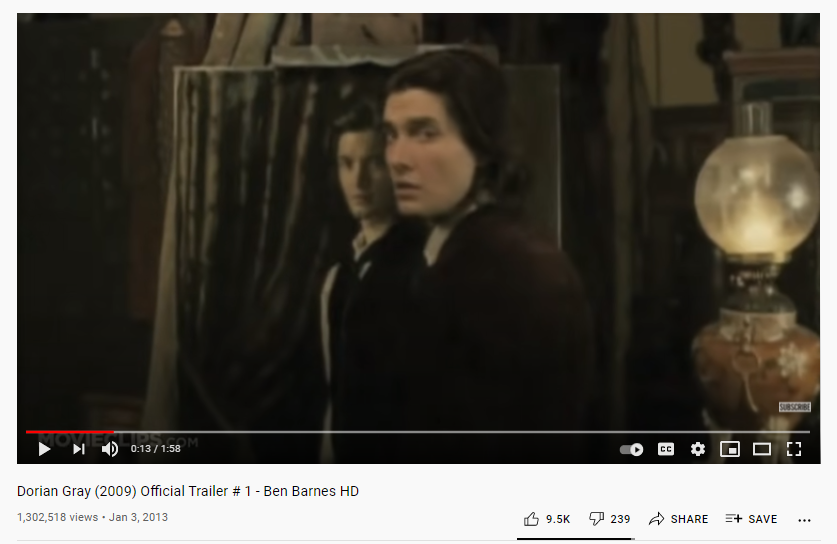
By William Van Zyl (Sept 2021)
Table of Contents
Listen to the podcast of the article:
https://www.podbean.com/ew/pb-cxmsz-10f7824
The dagger is lodged deep in the chest of the rather ugly looking man. The now ‘older man’ is lying on the ground in a pool of blood. The painting of a beautiful young man lays beside him – almost unrecognisable – it is slashed and torn. Gray is dead.
The readers of the novella Dorian Gray are stunned at the end of the story. An unexpected swap takes place. Gray’s beautiful physical appearance changes instantly – the interior of his soul is displayed on the canvas. Unbelievable! The man’s true character is suddenly revealed in the once young and vibrant image of the man in the painting. Dorian slashes the canvas with the same knife he is about to kill himself with — an excellent concept by the writer. By stabbing the portrait, Dorian inadvertently kills himself. The authentic old Dorian – his character – is displayed at the end. The image changes from the inside out.
For years Dorian’s physical appearance stayed young. He did not age – his beauty flourished year after year. However, after many years of experimenting and playing with ‘sin’, there is a sudden swop at the end. The beautiful locked away painting of him was affected by his’ sins.’ He could not bear what he saw. Although the painting was locked away, the effect of his sinful character and dabbling in all types of ‘pleasures’ was registered. It is the inner-man of Mr Gray that deteriorates. Dorian lies in ruins on the floor in the aftermath — experimenting and living an unrestricted life took their toll. He is ruined, and his painting — dagger in the heart.
How could such a tragedy happen?
Dorian sold his soul to the Devil, just like Faustus. I am referring to the play ‘Dr Faustus’ created by Shakespeare. In the end, the Devil took the energy of Faustus, which he owned. Doctor Faustus ends with the main character being savagely ripped to pieces by evil devils before his soul is dragged down to Hell. There it will spend eternity in the company of Lucifer and all his vicious acolytes. Dr Faustus’ inner man was corrupted – sold out to the greatness of this world (fame, fortune, sex, and power). His physical appearance and behaviour were impressive. Intelligent and very smart. Sadly, his inner man was corrupted.
Comparing and contrasting Lady Macbeth and Dr Faustus – plays by the famous William Shakespeare.
You cannot play with sin and the Devil – is the main message in both these stories: Dr Faustus and Dorian Gray. Similarly, in Shakespeare’s second story, Lady Macbeth (Shakespeare’s Tragedy of Macbeth) can’t get the blood off her hands. She washes and washes, but alas, to no avail. The imaginary bloodstains on her hands won’t come off. After stabbing the reigning king to death — so her husband could become king — she washes and washes her hands. She had been influenced by the prophecy of 3 witches – they prophesied that her husband would become king. The witches used a clever play of words which were meant for evil. Lady Macbeth believed it. It is fatal mistake to play with evil forces and the supplanter the Devil. It also represents Pontius Pilate washing his hands in innocence after handing the innocent Jesus to the people to be crucified. The imaginary stains on Lady Macbeth’s hands were permanent. Not of the outside, but her sin was on the inside. Her heart and soul were sold to the Devil. Her imaginary blood-stained hands — her soul — can’t be cleansed. Outwards, she stays beautiful. But, something happened on the inside. Her soul suffered.
Oscar Wilde’s novella was not well received back then. First published in July 1890 in the American periodical Lippincott’s Monthly Magazine, it stirred up controversy. It was condemned: Too much experimenting and indulging in unforgivable sins (drugs, sex, and more).
Another comparison: Famous French Novel – Le Miserable. The protagonist – Juan Valjean – has no beauty on the inside and no beauty on the outside.
Valjean – arrested for stealing bread – spent many years in jail. The marks of harsh prison life were etched on his face and body. His heart was filled with hatred. Later, Valjean escaped from prison. He went to a church to find food and refuge. He found a forgiving priest that called him brother. The priest ‘bought’ his soul. Valjean stole the candelabra from the church and fled. The police arrested him with the silverware several hours later. He was taken back to the church. The priest gave him the rest of the silverware in the church while the police officers were present. Jean is stunned by the actions of the priest. The additional silverware – and the acknowledgement of the priest that he gave it to Valjean as a gift – redeemed Jean.
The police believed the priest; Valjean was free to leave with all the silverware; He left the church and started a new life. He became a very wealthy businessman by serving the community – he becomes Monsieur Madeleine. Beautiful on the inside and the outside – a true gentleman. In this story, Valjean was ungroomed and rough – a dirty prisoner. His inner-person was filled with hatred.
To sum up, unsightly on the outside and rotten on the inside. Then his soul is redeemed by God. This story is different from Dorian Gray (beautiful on the outside and awful on the inside). Valjean’s transformation – ignited by love and forgiveness – starts from the inside out. Forgiveness flows: He is redeemed by the priest. He repents; he is remorseful – the Blood of Christ cleansed him from all unrighteousness. He is blessed, and his fortunes changed. The moral of the Le Miserable story? Real beauty starts from the inside out.
Back to the beginning of Dorian Gray: The philosophical and controversial work of fiction written by Oscar Wilde in the late 1800s.
Dorian’s face was young and beautiful – not a wrinkle or spot. However, in the painting, his face aged every year. In several years the contrast was alarming. He stayed young, but the image of him deteriorated day by day. He had sold his life to the Devil – just like Shakespeare’s Dr Faustus – indulging in sin.
Dorian Gray was a libertine – devoid of any morals. However, from a philosophical view, his deeds and actions accumulate not on his non-ageing face but on the face of the painting of himself – locked away. He couldn’t bear seeing the picture changes over the years as he experimented and indulged.
Dorian the Libertine.
Understanding that his beauty will fade, Dorian expresses the desire to ‘sell his soul’ to ensure that the picture, rather than he, will age and fade. The wish is granted, and Dorian pursues a libertine life of varied amoral experiences while staying young and beautiful; all the while, his portrait ages and records every sin.
What is a libertine? A libertine is a person devoid of moral principles, a sense of responsibility, or sexual restraints, which are seen as unnecessary or undesirable, especially someone who ignores or even spurns accepted morals and forms of behaviour sanctified by the larger society.
The climactic ending of the Dorian Gray story.
The climax and pivotal scene are at the end of the novella – as mentioned in the opening lines of this article. Dorian realises that his painting bears all his sins. He takes action. Dorian takes a knife and destroys the artwork. Then he kills himself with the same knife.
A shorter novella-length version was published complete in the July 1890 issue of the American periodical Lippincott’s Monthly Magazine. A more extended version was published as a book in April 1891. It was Wilde’s only novel.
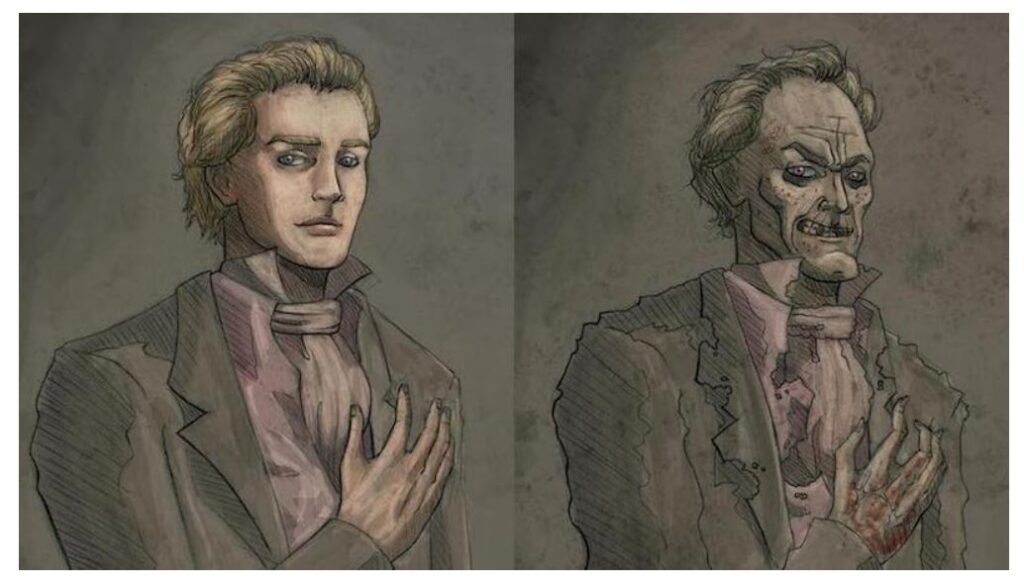
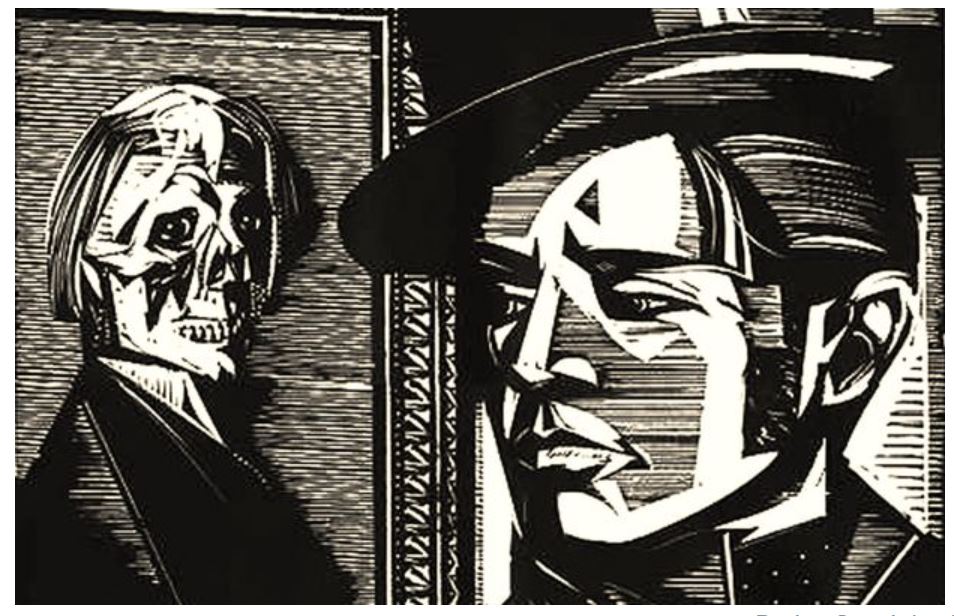
The myth of eternal youth is alive and kicking. Oscar Wilde’s “The picture of Dorian Gray” (1891) is a classic that is increasingly read from a Christian perspective. There was a time when Wilde was considered as the best example of moral decadence. The most recent studies insist, however, not only on the faith that he found at the end of his life – before dying of syphilis in 1900–, but also on his attraction to Christianity from his childhood. Novels like this beg the question “For what will it profit a man if he gains the whole world, and loses his own soul?” (Mark 8:36).
Credit: https://evangelicalfocus.com/between-the-lines/1685/the-picture-of-dorian-gray By JOSÉ DE SEGOVIA
The painter of the Dorian Gray picture.
Basil Hallward is a profoundly moral man – the portrait painter – and infatuated with Dorian, whose patronage realises his potential as an artist. The picture of Dorian is Basil’s masterpiece. The character is supposed to have been formed after painter Charles Haslewood Shannon.
The characters in the story.
Read the novella to discover more about the other characters: Lord Henry “Harry” Wotton, Sibyl Vane – talented actress and singer who fell in love with Dorian who kills herself, James Vane – Sibyl’s brother, Alan Campbell – chemist and one-time friend of Dorian, Lord Fermor, Adrian Singleton – A youthful friend of Dorian, and Victoria, Lady Henry Wotton (Lord Henry’s wife).
The inspiration for this article.
Cliff Goldstein – in Sept 2021 – in a television programme refers to the Dorian Gray story. Goldstein, a former atheist, now a Christian author and preacher, uses the story to illustrate sin’s power and the destructive power of living an unrestrained life.
If you play with the Devil, the Devil will change you.
William Van Zyl
Eventually, Satan will destroy you – is the central message of Goldstein. The inner person – the heart and soul – has to be renewed. There is good news; there is an escape.
Who can wash away our sins? Nothing but the Blood, nothing but the Blood of Yeshua.
Well-known chorus.
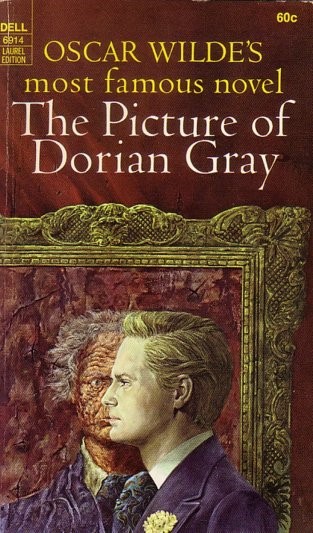
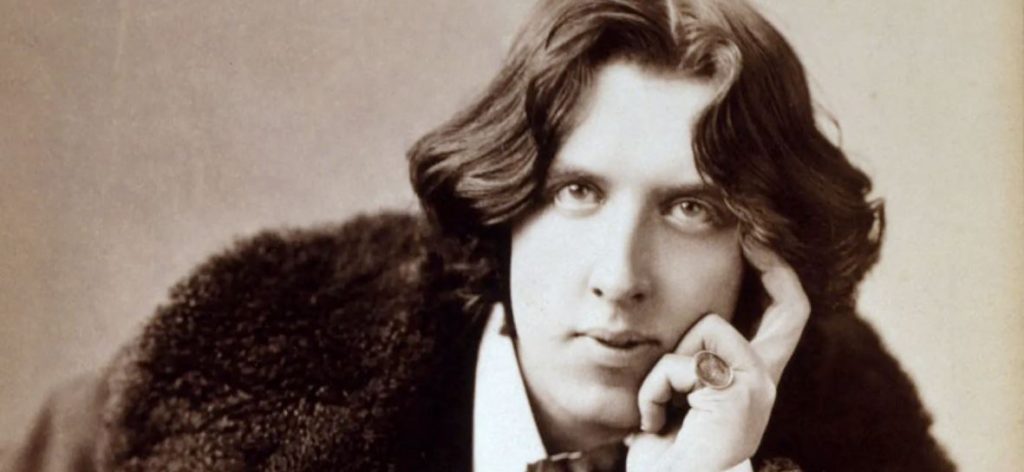
The Movie: Here is the trailer of the movie created in 2009.
Trailer: Dorian Gray – YouTube.
About the 2009 movie: Dorian Gray (an adaptation).
Dorian Gray is a 2009 British fantasy-horror drama film based on Oscar Wilde's 1890 novel The Picture of Dorian Gray. The adaptation is directed by Oliver Parker, written by Toby Finlay (his first screenplay), and stars Ben Barnes as Dorian Gray and Colin Firth as Lord Henry Wotton. It tells the title character's story, an attractive Englishman whose image is captured in an enchanted painting keeps him from ageing. His portrait becomes tainted with every sin he commits while he remains young and handsome.
Credit: https://en.wikipedia.org/wiki/Dorian_Gray_(2009_film)
Attributions:
- FRONT COVER. Credit image: Unknown author – From part one of The Elmer Holmes Bobst Library’s online exhibition: Reading Wilde, “Querying Spaces: An Exhibition Commemorating the 100th Anniversary of the Trials of Oscar Wilde”; plus, direct link to image. Public Domain, https://commons.wikimedia.org/w/index.php?curid=3619994
- BACK COVER. Credit image: This is the title card of the original 1891 print of The Picture of Dorian Gray. Charles Ricketts – https://archive.org/stream/pictureofdoriang00wildrich#page/n7/mode/2up
Copyright © 2021 by William Van Zyl
Painting, painting on the Wall – Old, Gray and Wilde – is young Dorian, Dorian Gray, the Fairest of them all?
All rights reserved. This book or any portion
thereof may not be reproduced or used in any manner
whatsoever without the express written permission of the
publisher except for the use of brief quotations in a book review.
Published by Five House Publishing (New Zealand)
First Publishing, 2021

More eBooks and articles are available at https://fivehousepublishing.com/
More about the author at http://williamvanzyl.com/

